Have you ever stepped back to admire your beautifully washed car, only to notice fine scratches or stubborn spots that never seem to disappear? Even after carefully hosing down the exterior and giving the interior a quick wipe, something feels…incomplete. In the world of auto detailing, what you think is enough might just be scratching the surface—literally! Today, let’s dive into the top three myths surrounding auto detailing, bust them once and for all, and get your ride shining like a rock star on center stage.
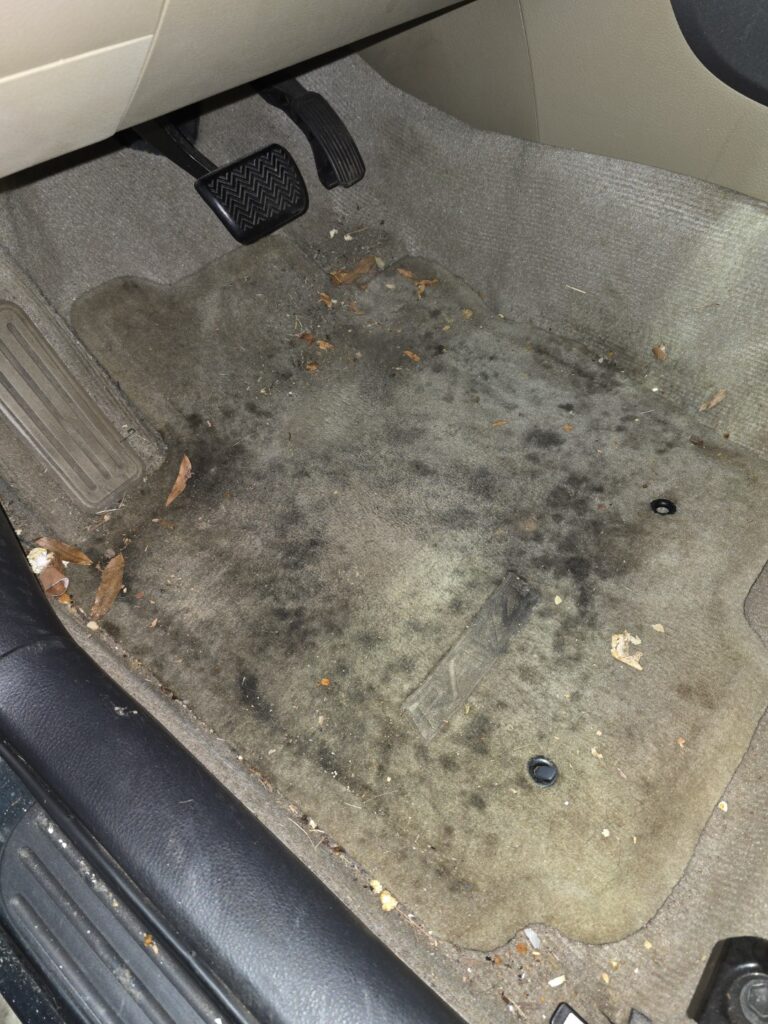
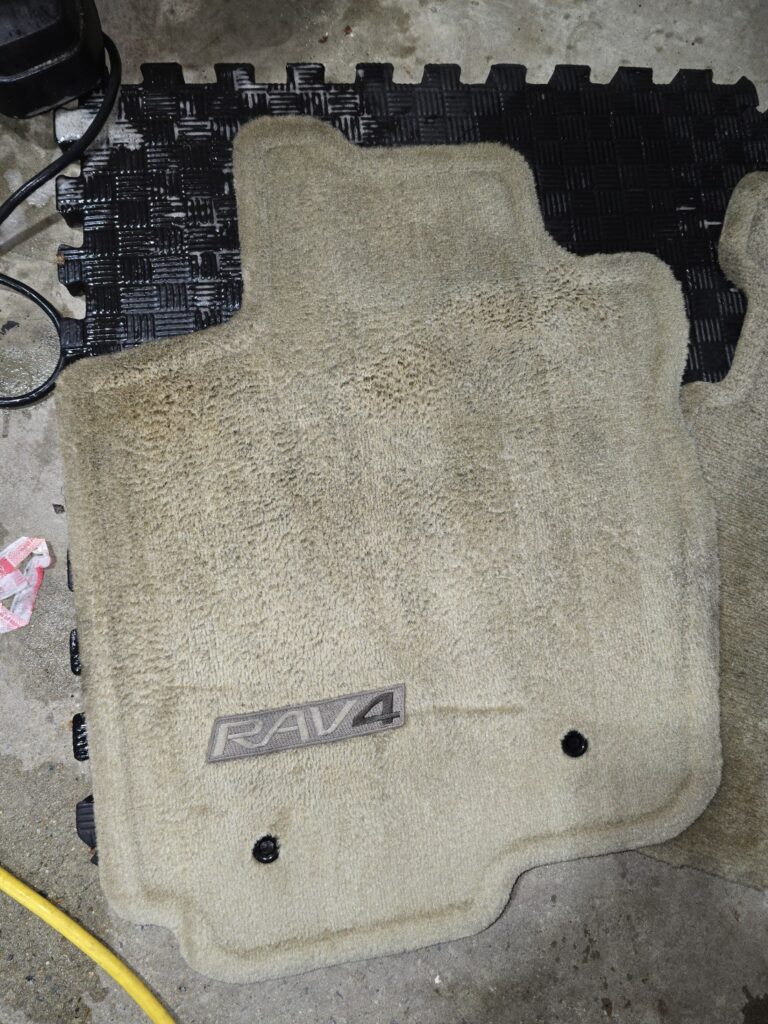
Understanding Auto Detailing
Auto detailing goes beyond a simple car wash. It’s like a spa day for your car—comprehensive, thorough, and all about rejuvenation. Picture this: you wouldn’t call a five-minute face rinse a full facial treatment, right? The same logic applies to auto detailing. Let’s clear up the basics:
Definition of Auto Detailing
Auto detailing refers to the meticulous cleaning, reconditioning, and finishing of a vehicle to produce a show-quality level of detail. It typically involves multiple steps, including washing, claying, polishing, waxing or sealing, interior vacuuming and shampooing, dashboard polishing, tire and rim detailing, and more. The goal is not just cleanliness; it’s preservation and protection of every surface, inside and out.
Why Detailing Matters
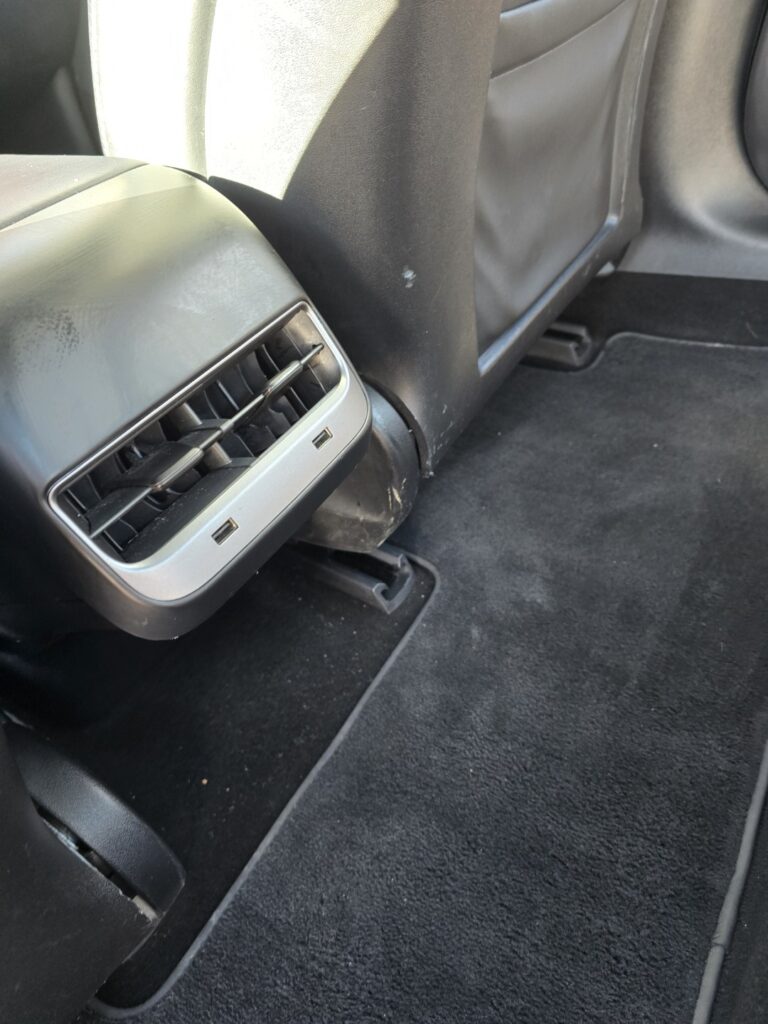
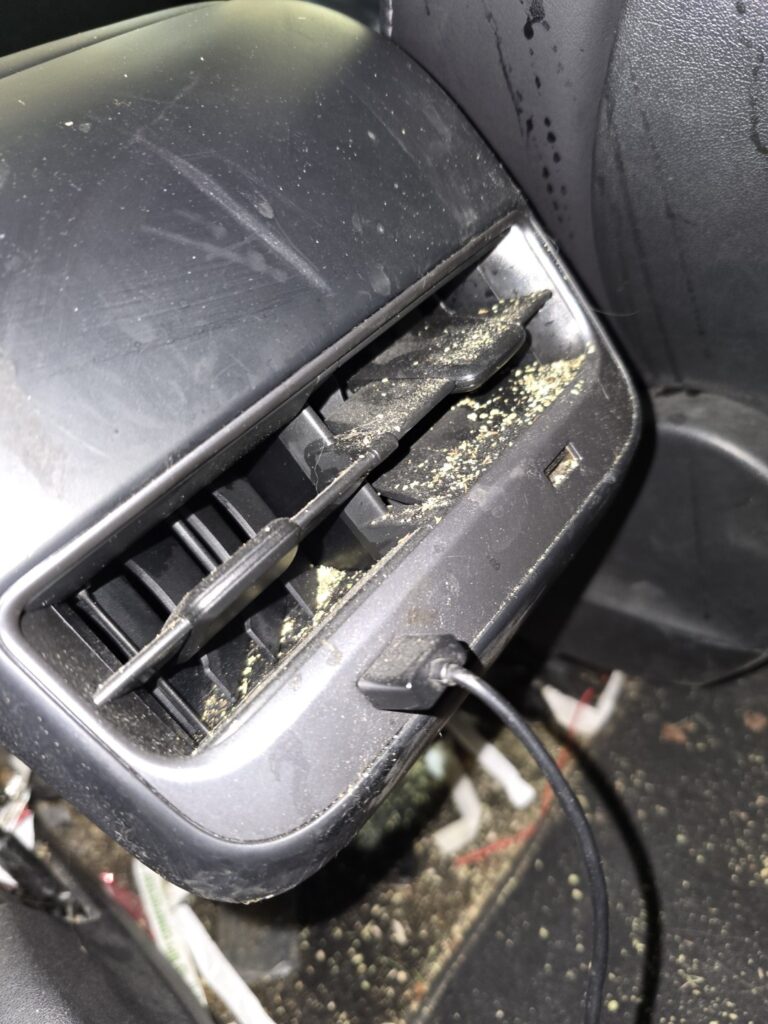
Auto detailing isn’t just about appearances—though rolling around in a car that sparkles under the sunlight is a pretty nice perk. At its core, detailing is about maintaining the vehicle’s integrity. By removing contaminants that bond to the paint or accumulate in the interior, detailing:
Protecting Exterior Surfaces
A meticulous detailing session can remove tough contaminants like road tar, brake dust, tree sap, and bird droppings. These substances have a knack for etching and damaging your clear coat if not carefully removed. By systematically addressing each spot, detailing helps preserve your paint’s health and luster.
Enhancing Interior Comfort
We spend a lot of time in our cars—commutes, road trips, errand runs. Keeping the interior fresh, odor-free, and free of dust or stains makes a world of difference. It’s not just about aesthetics; a clean cabin fosters a more pleasant driving experience and can even help in maintaining better air quality.
Myth #1: “Regular Washing Equals Detailing”
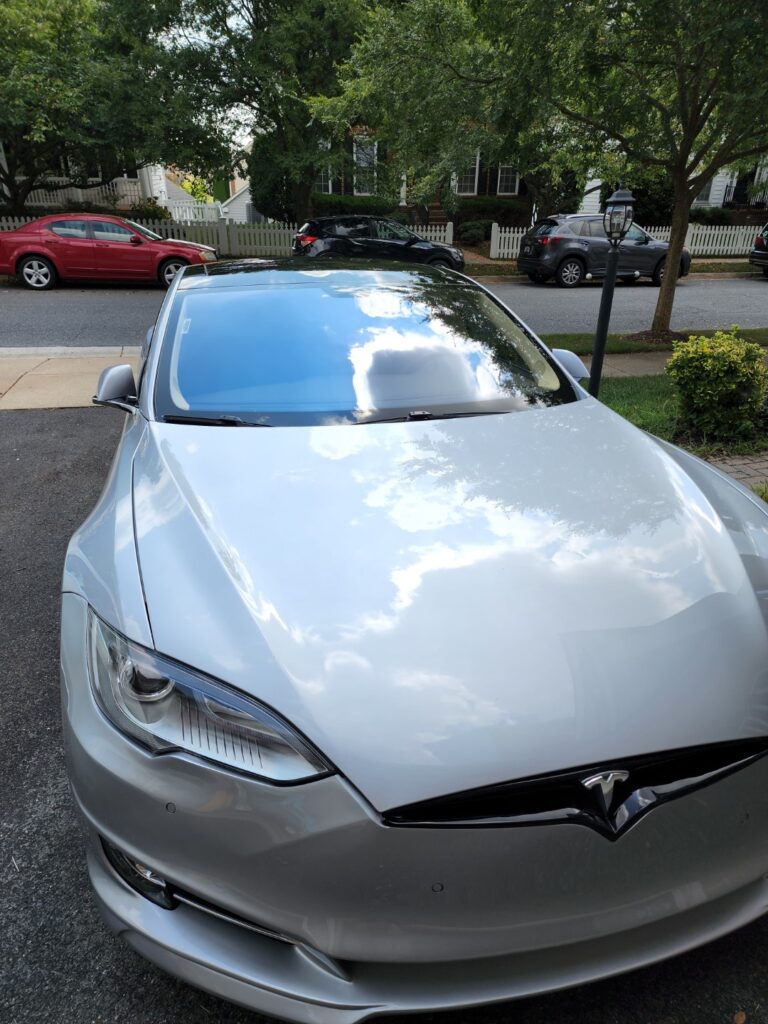

One of the most pervasive myths out there is the belief that running your car through the local drive-through wash is all the detailing it needs. Truth be told, while regular washes are good for basic maintenance, they can’t hold a candle to the comprehensive process of a real detail. Let’s dissect this misunderstanding:
Common Misconception
When someone says, “Oh, I detail my car every week,” they often mean a quick rinse and a basic soap scrub. This type of wash might lift away surface-level dirt, but it does little to remove contaminants that are bound to the paint. In fact, standard car washes can leave swirl marks or water spots if not done properly.
Impact of Incomplete Cleaning
Imagine baking a cake and not cleaning the pan properly before using it again. Residue might remain, affecting the taste and texture of your next creation. Similarly, an incomplete cleaning leaves microscopic debris on your paint. Over time, this can degrade the clear coat and cause fading or oxidation, making your car look older than it actually is.
What Real Detailing Involves
An authentic detail session is methodical. It starts with a thorough wash and a clay bar treatment to remove embedded contaminants. Then a polishing stage corrects minor paint imperfections, swirl marks, and scratches. After that, a protective coat of wax or sealant is applied to lock in that pristine finish. For the interior, every nook and cranny is vacuumed, dusted, and conditioned. Seats, floors, dashboards—nothing escapes the watchful eye of a professional detailer.
Myth #2: “Waxing and Polishing Are the Same”



You’ve likely seen the words “wax” and “polish” used interchangeably. You might even walk down an auto supply aisle and see products labeled in ways that make them sound identical. But waxing and polishing are two distinct processes. Confusing them can lead to less-than-desirable results.
Understanding Wax vs. Polish
Let’s break down the difference:
- Polish: A polish is an abrasive liquid or compound designed to remove thin layers of paint or clear coat. The goal is to smooth out the surface, eliminating imperfections like scratches, swirl marks, and oxidation. Polish actually works on the paint layer to restore clarity and shine.
- Wax: Wax is not meant to remove paint or correct deep flaws. Its function is protective. A coat of wax (whether carnauba-based or synthetic) shields your car’s paint from contaminants, UV rays, and moisture, making it harder for grime to stick and easier for water to bead off.
Chemical Reactions and Protective Layers
Polishing involves friction and a bit of chemistry to resurface or refine the paint. Waxing, on the other hand, is more about forming a barrier. Think of polish as a gentle exfoliator for your car’s exterior, while wax is like a nourishing lotion that locks in moisture and keeps harmful elements at bay.
Importance of Proper Order
Applying wax before polishing is about as useful as putting on deodorant before you shower. Polish is generally applied first to correct defects and smooth out the paint, while wax is applied afterward to safeguard that newly refined finish. Reversing the order would strip any wax you put on, wasting both product and effort.
Myth #3: “DIY Techniques Always Match Professional Results”
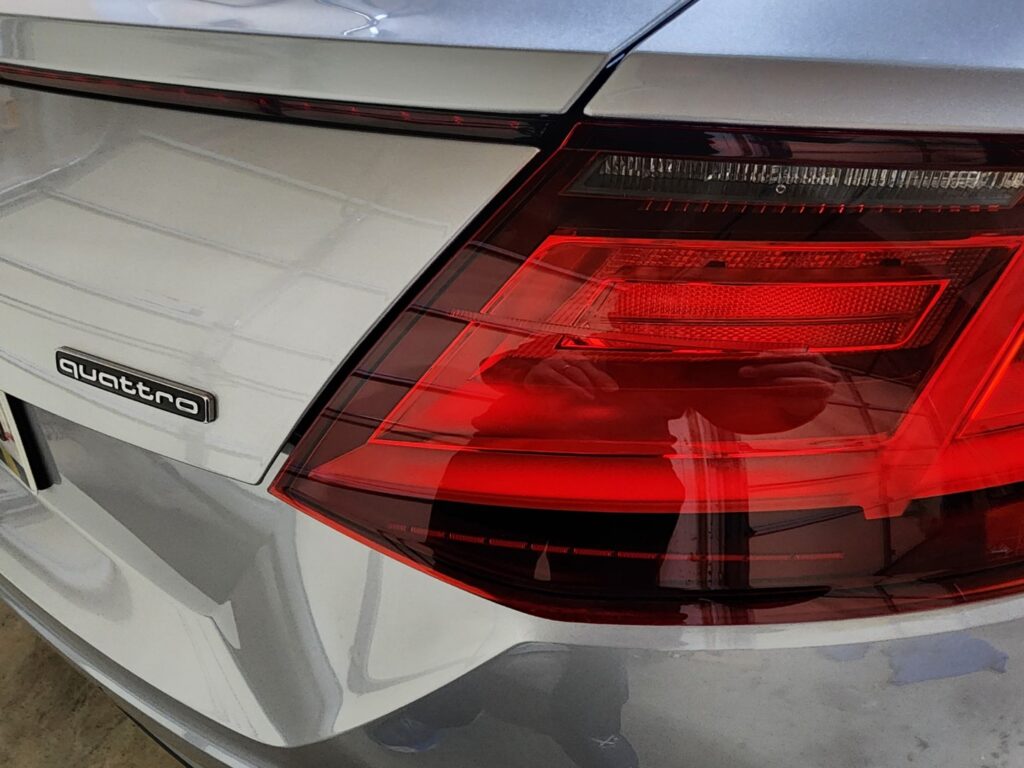


We live in an age where a quick internet search can teach you almost anything—cooking a gourmet meal, folding origami, or even detailing your car. While there’s a plethora of DIY detailing tutorials, it’s crucial to note that not all methods and products are created equal. The difference between a quick Sunday driveway job and a professional detail can be like night and day.
What Professional Tools Offer
Professional detailers often invest thousands of dollars in specialized equipment and high-quality products:
- Machine Polishers: These sophisticated machines allow for consistent pressure and movement, reducing the risk of swirl marks or uneven results.
- Steam Cleaners: Especially useful for interior detailing, steam cleaners help sanitize and deodorize surfaces without relying on harsh chemicals.
- Paint Thickness Gauges: Professional detailers measure paint depth to ensure they don’t polish away too much, preserving the car’s clear coat and base color.
The Role of Skilled Experts
It’s not just about the tools; expertise matters. Detailers spend years perfecting their technique. They learn how much pressure to apply when polishing, how to avoid over-saturating fabrics during interior shampooing, and how to address different materials (like leather vs. cloth seats).
Imagine trying to replicate a professional haircut at home. Sure, you could buy some clippers, but the quality and skill often won’t match a seasoned barber. It’s the same with detailing—experience can make a world of difference.
Risk of Damaging Paint and Interior
Using the wrong compound, brush, or even towel can cause scratches, discoloration, or tears. Some DIYers might not realize that certain chemicals can strip away protective coatings or damage delicate surfaces. It’s like using a harsh facial scrub on sensitive skin; you risk doing more harm than good. Knowing which products to use—and how to apply them correctly—often requires the knowledge and insight that professionals bring to the table.
Benefits of Professional Auto Detailing
Now that we’ve busted a few myths, let’s talk about what you stand to gain by taking detailing seriously—particularly professional detailing. Because when done right, it’s more than just a fancy wash.
Extended Vehicle Lifespan
Think of your vehicle’s exterior like your own skin. If you neglect it—forego sunscreen, forget to moisturize, pick at imperfections—it ages more quickly. By regularly removing contaminants and applying protective layers, you’re essentially giving your car a facial plus a sunscreen combo. This diligence helps prevent oxidation, clear coat failure, and corrosion.
A well-detailed interior prevents issues like mold, foul odors, and staining that can degrade fabrics and leathers over time. The result? Your car not only looks younger for longer but also runs free from hidden damages caused by dirt and grime.
Higher Resale Value
Even if you aren’t planning to sell your car anytime soon, a well-maintained vehicle holds its value better. When the time comes to trade in or sell, prospective buyers or dealerships will notice if your paint is glossy, the upholstery is pristine, and everything is free of foul smells or visible wear. Detailing is an investment in your car’s future worth. Think of it as a treasure chest: the more carefully you guard it, the more you’ll be able to retrieve when the moment arrives.
Choosing the Right Auto Detailing Service

If you’re leaning toward getting your ride detailed professionally, the next puzzle is picking the right place. Not all detailers are created equal, and you’ll want someone who treats your car as meticulously as you would.
Checking Credentials and Reviews
Start by looking for certifications, such as accreditation from recognized organizations (e.g., International Detailing Association). Many top-tier detailers also attend workshops to stay updated on new products and techniques. Additionally, don’t underestimate the power of customer reviews. Real testimonials give you insight into whether a detailer truly values quality workmanship or rushes through the job.
Specialty Services to Consider
Once you’ve found a reputable detailer, keep an eye out for additional services like ceramic coating, paint protection film (PPF), or headlight restoration. These advanced treatments can elevate your car’s defense against environmental hazards:
- Ceramic Coating: A liquid polymer applied to the exterior to form a semi-permanent bond. Offers superior gloss and water repellency.
- Paint Protection Film (PPF): A strong, transparent film that shields high-impact areas—like the hood and bumpers—from rock chips and minor abrasions.
- Headlight Restoration: Yellowed or hazy headlights are sanded, polished, and sealed, improving nighttime visibility and aesthetics.
Opting for these can drastically reduce maintenance needs and further maintain your car’s showroom shine.
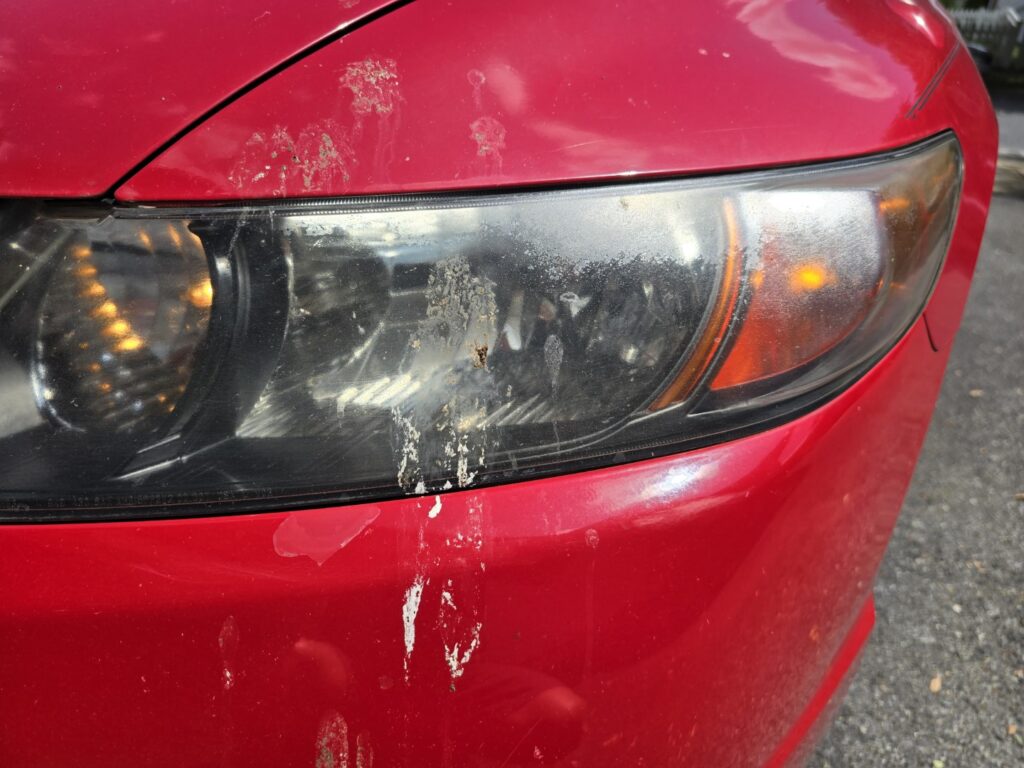

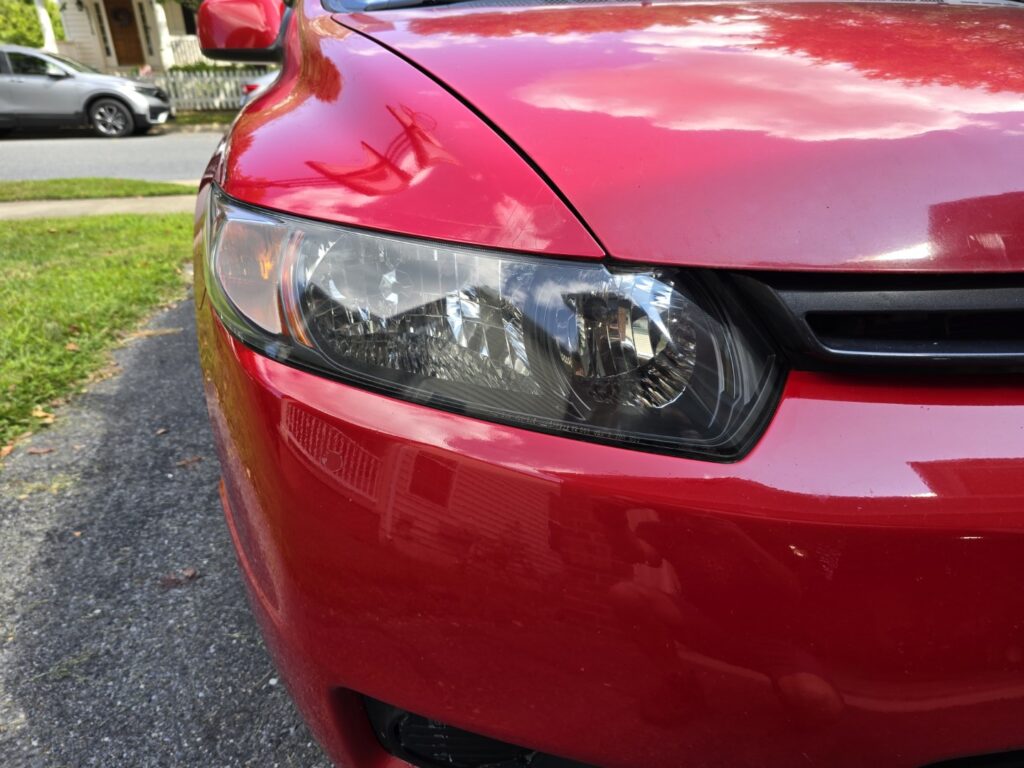
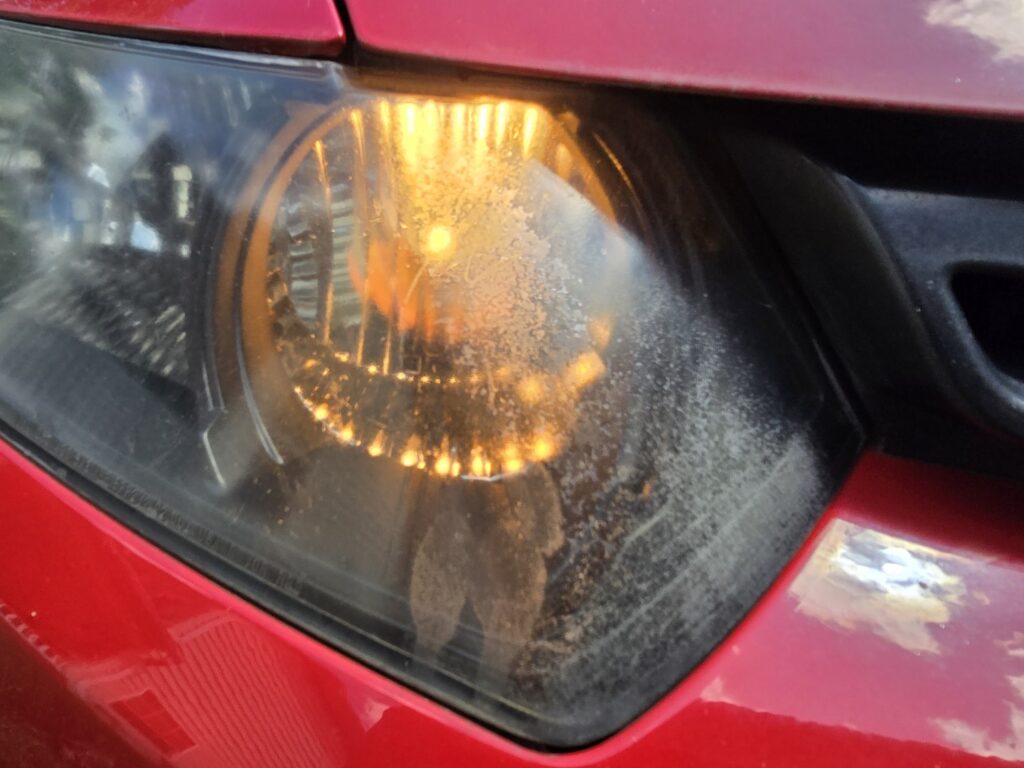
Conclusion
Auto detailing is the marriage of science and art—combining chemistry, physics, and a keen eye for aesthetics to restore and preserve your car’s showroom quality. By busting the myths that “regular washing equals detailing,” “waxing and polishing are the same,” and “DIY methods always match pro results,” you’re already well on your way to making more informed decisions about your vehicle’s care.
Remember, regular washing does help keep daily grime at bay, but it’s no substitute for a thorough detailing session. Polishing and waxing each serve a distinct purpose, and applying them in the correct order can drastically improve your finish. Finally, while DIY can be fun and cost-effective, there are situations where a professional’s expertise, equipment, and products might be the better route, especially if you’re aiming for perfection or have a luxury or vintage vehicle.
At the end of the day, how you choose to care for your car reflects how long it will last and how incredible it will look each time you open the garage door. Don’t let myths steer you away from giving your ride the royal treatment. When your car glistens in the sunlight and the interior still smells like new, you’ll know you made the right call.
FAQs
- How often should I detail my car?
It depends on your driving conditions. If you frequently drive in harsh weather or on dusty roads, consider detailing at least every 3–4 months. Otherwise, twice a year can suffice for an average driver. - Is it necessary to clay bar my car if I wash it regularly?
Yes. Washing removes surface dirt, but clay barring is essential to lift embedded contaminants that cling to your paint. Skipping this step may leave your car susceptible to paint damage over time. - Can I just polish my car without waxing it?
Technically, yes—but polishing removes minor layers of the paint or clear coat and leaves the surface exposed. Waxing afterward is crucial to seal and protect that now-refined surface. - Are machine polishers safe for my car’s paint?
In professional hands, machine polishers are completely safe. The risk occurs when inexperienced users apply too much pressure or use the wrong polishing compound, leading to swirl marks or even burning the clear coat. - Is ceramic coating better than waxing?
Ceramic coatings generally offer longer-lasting protection and better resistance to environmental contaminants compared to traditional wax. However, coatings are more expensive and require proper prep work. Wax is easier to apply and can be reapplied more frequently.
